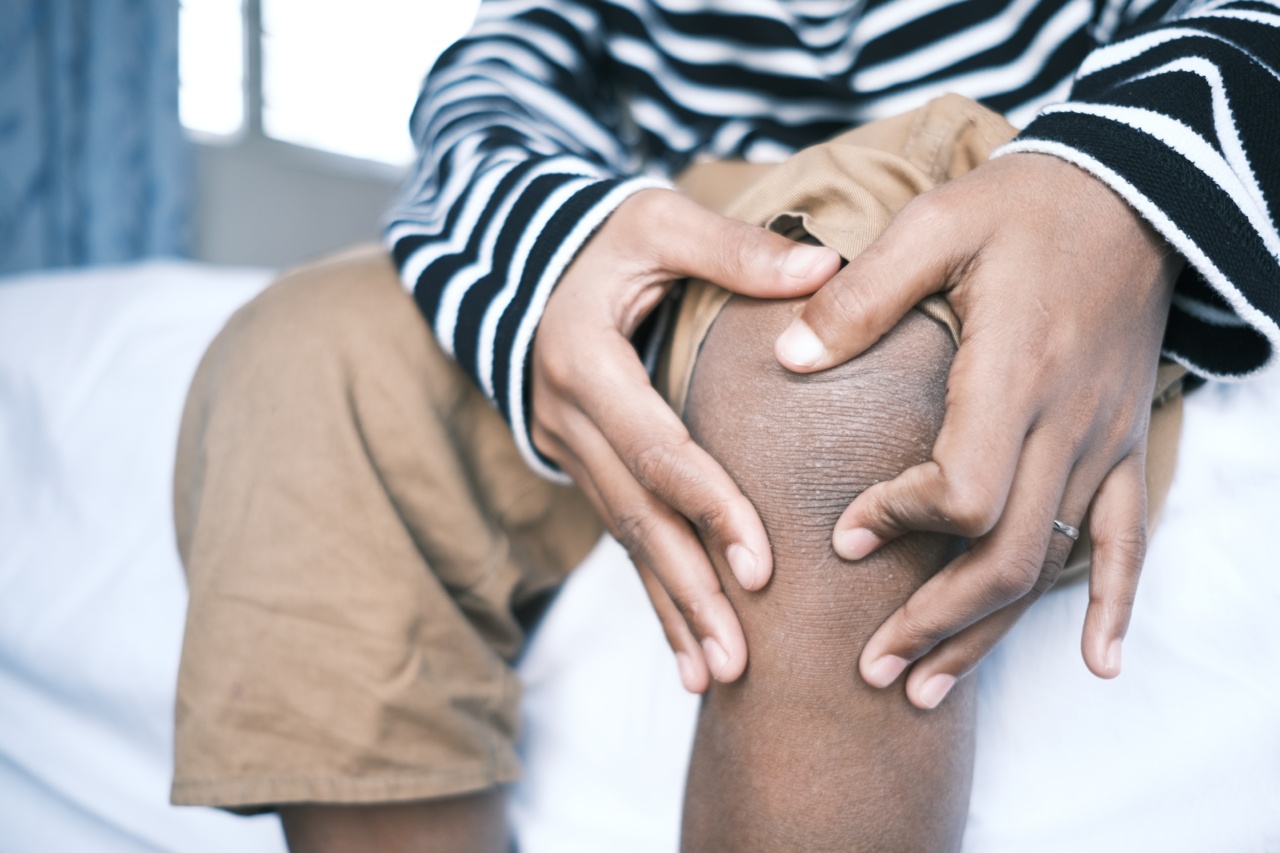Dry skin is a condition that affects many people, and it can be particularly problematic around the elbows and knees. The skin in these areas tends to be thicker and drier than other parts of the body due to friction, pressure, and lack of oil glands.
If left untreated, dryness can lead to itchiness, redness, and cracking, which can be painful and unsightly. In this article, we will discuss how to treat dry skin on the elbows and knees.
1. Exfoliate Regularly
The first step in treating dry skin on the elbows and knees is to exfoliate regularly. Exfoliating helps to remove dead skin cells that can contribute to dryness and roughness.
You can use a gentle scrub or a chemical exfoliant like alpha-hydroxy acids (AHAs) or beta-hydroxy acids (BHAs). It is important to be gentle and not over-exfoliate, as this can cause further irritation.
2. Moisturize Daily
Moisturizing is essential for treating dry skin on the elbows and knees. Choose a thick, rich moisturizer that contains emollients like petrolatum or lanolin. Apply it daily, immediately after showering or bathing, to lock in moisture.
If you have very dry skin, you can also apply a moisturizer before bedtime and wear gloves or socks to help the product absorb better.
3. Use a Humidifier
Dry indoor air can exacerbate dry skin, so using a humidifier can help keep the air moist and prevent further skin dryness. Place a humidifier in the room where you spend the most time, such as your bedroom or living room.
Set it to a humidity level between 30-50% and clean it regularly to prevent the growth of bacteria.
4. Wear Protective Clothing
Wearing protective clothing can help prevent friction and pressure on the skin, which can lead to dryness and irritation. For example, wear long pants or leggings instead of shorts, and opt for long-sleeved shirts instead of tank tops.
If you engage in physical activities that require kneeling, wear knee pads to cushion your knees.
5. Avoid Hot Showers and Baths
Hot water can strip the skin of its natural oils, leading to further dryness and irritation. Instead, take warm showers or baths and limit your time in the water to no more than 10-15 minutes.
Pat your skin dry with a soft towel and apply moisturizer immediately.
6. Use Mild Cleansers
Harsh soaps and cleansers can further dry out the skin, so opt for gentle, fragrance-free products. Look for cleansers that contain moisturizing ingredients like glycerin or ceramides and avoid products that contain alcohol, which can be drying.
7. Choose Loose-Fitting Clothing
Tight clothing can contribute to dryness by causing friction and irritation. Choose loose-fitting clothing made from breathable fabrics like cotton or silk. Avoid fabrics like wool or synthetic materials that can cause itching and irritation.
8. Stay Hydrated
Drinking plenty of water can help keep the skin hydrated from the inside out. Aim to drink at least eight glasses of water per day, and avoid beverages like alcohol and caffeine that can be dehydrating.
9. Consider a Prescription Treatment
If over-the-counter products are not effective in treating your dry skin, consider talking to your healthcare provider about prescription treatments.
Topical creams like prescription-strength corticosteroids or retinoids can be effective in treating persistent dryness and inflammation.
10. Protect Your Skin from the Sun
The sun can make dry skin worse by damaging the skin’s natural barrier and causing further dryness and irritation. Apply a broad-spectrum sunscreen with an SPF of at least 30 to all exposed skin, even on cloudy days.
Wear protective clothing like hats and long-sleeved shirts, and try to avoid being outside during peak sun hours.






























